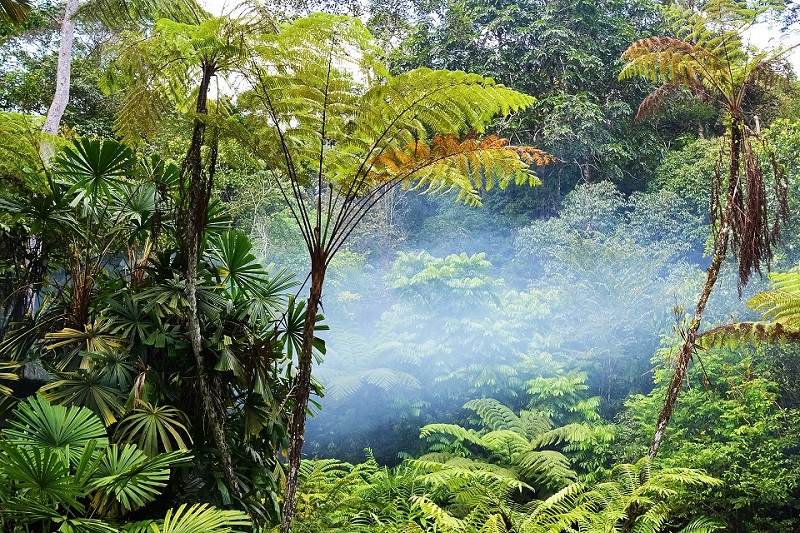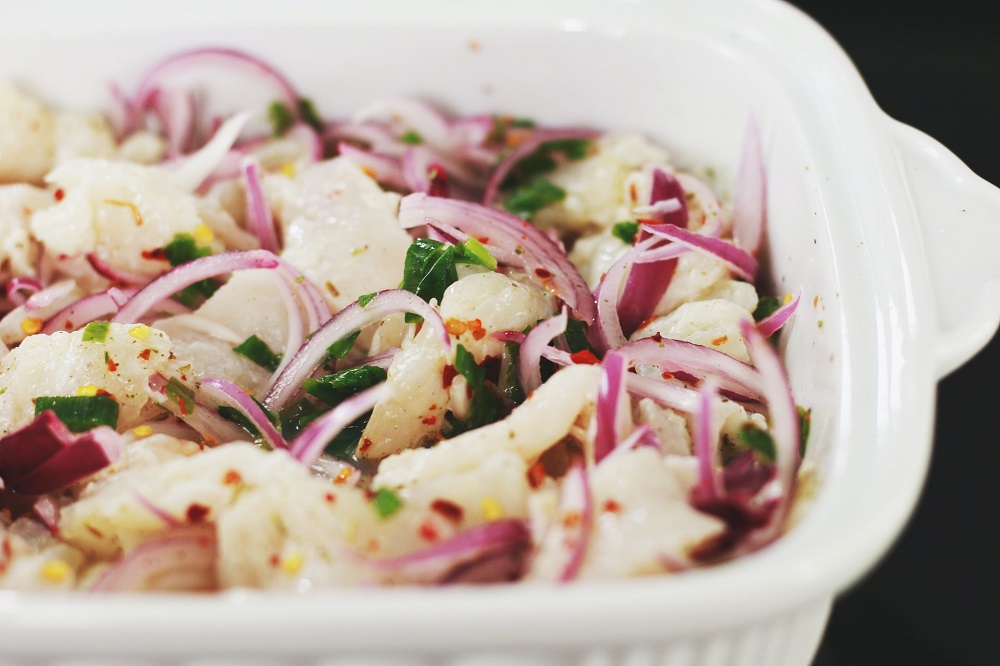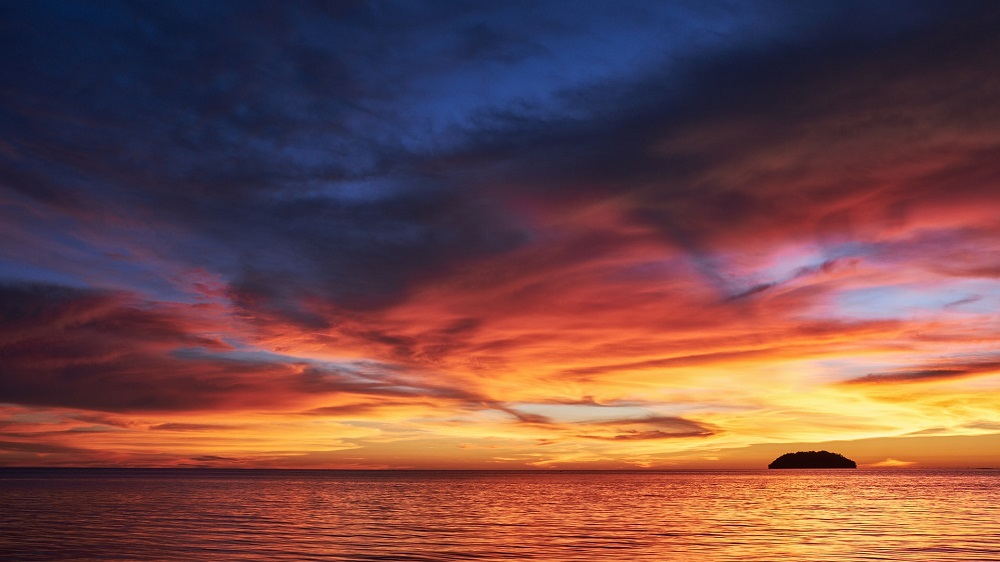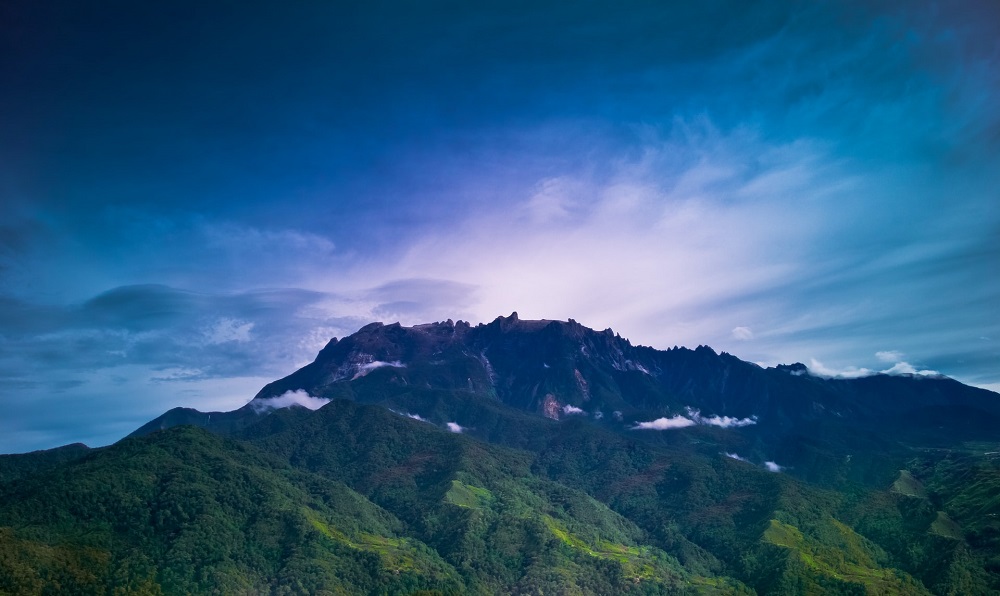PETALING JAYA, Sept 15 ― In conjunction with the Malaysia Day celebrations that mark Sabah and Sarawak becoming a part of the Malaysian federation, Malay Mail has put together a list of fun facts about East Malaysia.
From a little known Sarawakian fast food eatery that has found success across the globe to the perfect spot to catch a stunning sunset, here are eight things about Sabah and Sarawak every Malaysian from the Peninsula should know.

Why is Sabah called Land Beneath the Wind?
Sabah’s location of 6 degrees north of the equator strategically shelters it from tropical cyclones as it sits just below the tropical typhoon belt.
Which is why neighbouring Philippines that’s located on the Pacific’s typhoon belt is prone to devastating typhoons that cause torrential rain and floods.

Borneo’s rainforest is twice as old as the Amazon
Estimated to be around 140 million years old, East Malaysia’s rainforests are twice as old as the famous Amazon.
You’ll find an incredible array of wildlife that call the Borneo rainforest home including 15,000 identified plant species, 3,000 types of trees, 222 land mammals and 420 birds.
In 2019, the world’s tallest known tropical tree, the majestic yellow meranti tree (Shorea faguetiana) that measured 330ft tall was found at the Danum Valley Conservation Area in Lahad Datu, Sabah.
The national rainforest is one of the best protected and least disturbed tracts of lowland rainforest left in Southeast Asia, according to National Geographic.

Forget ceviche, hinava or umai is East Malaysia’s raw fish dish
As a food-obsessed nation, Malaysians are always quick to embrace cuisines from other cultures.
But sometimes, you don’t have to look very far for your next meal inspiration.
Ceviche, the Peruvian cured raw fish dish for example, has attained global fame but did you know Malaysia has a similar dish?
In Sabah, the Kadazan-Dusun people are known for a mouth-watering dish featuring sliced raw fish cured with lime juice, bird’s eye chilli, shallot, ginger and seasonal ingredients.
Using the same technique and ingredients, the dish is called umai in neighbouring Sarawak and is eaten by the Melanau tribe.

Sarawak has its own fast-food chain known as SugarBun
Established in 1979, fast food eatery SugarBun is Sarawak’s answer to McDonald’s, KFC and Pizza Hut.
It began as a humble ice cream parlour that has spawned 79 outlets serving up fast food staples such as fried chicken and burgers, and what it calls Borneo Asian Food.
Signature dishes include Sarawak Laksa and Garoupa fish noodles as well as other favourites such as chicken and mushroom stew and fried mackerel with rice.
Outside of Sarawak, SugarBun also found international success in Brunei, Bangladesh, China and Australia.
There are also plans to open outlets in Jakarta, Indonesia and Auckland, New Zealand.

Home to the world’s largest flower
Known as the world’s largest flower, the Rafflesia is found in Sabah and Sarawak and the rare plant species can grow up to one metre in diameter.
The reddish-brown flower, which happens to be Sabah’s state flower, is a parasitic flowering plant that emits a foul rotting-flesh odour hence its nickname, the ‘corpse flower’.
Catching a glimpse of a Rafflesia flower in bloom is harder than you think as these flowers bloom unexpectedly throughout the year and lasts only less than a week.

World class sunsets
The coastal town of Tanjung Aru in Kota Kinabalu is the place to be at for epic sunsets that are out of this world.
The best part is there are no entry fees and the two-kilometre-long stretch of beach means you don’t have to elbow other tourists for that perfect picture.

Malaysia’s first Unesco World Heritage Site
Malaysia earned its first Unesco World Heritage site in 2000 when Kinabalu Park in Sabah received the recognition.
The national park which surrounds Mount Kinabalu covers an area of 754 square kilometres which is home to thousands of wildlife and plant species.
Here, you’ll find the carnivorous pitcher plant and one of the world’s rarest and most expensive orchis, the Rothschild slipper orchid or Gold of Kinabalu (Paphiopedilum rothschildianum) that takes 15 years to grow and bloom.

Headhunters had to cut off at least one head before marriage
The headhunting tribes of Borneo were not to be messed around with in their heyday that struck fear in the hearts of early British colonialists.
Young men of the Murut tribe of East Malaysia were required to cut off at least one head if they wanted to get married and was a crucial rite of passage into manhood.
If they failed, they would be banished from the community.
The Ibans claimed heads to prove their masculinity, a prized trait for marriage and status in the community.
The tribe also believed that cutting off a head would let them possess the person’s spirit which made the headhunter more powerful.






















